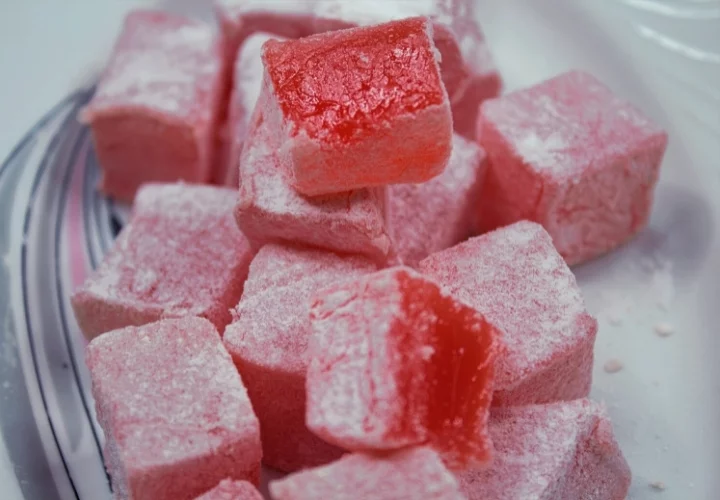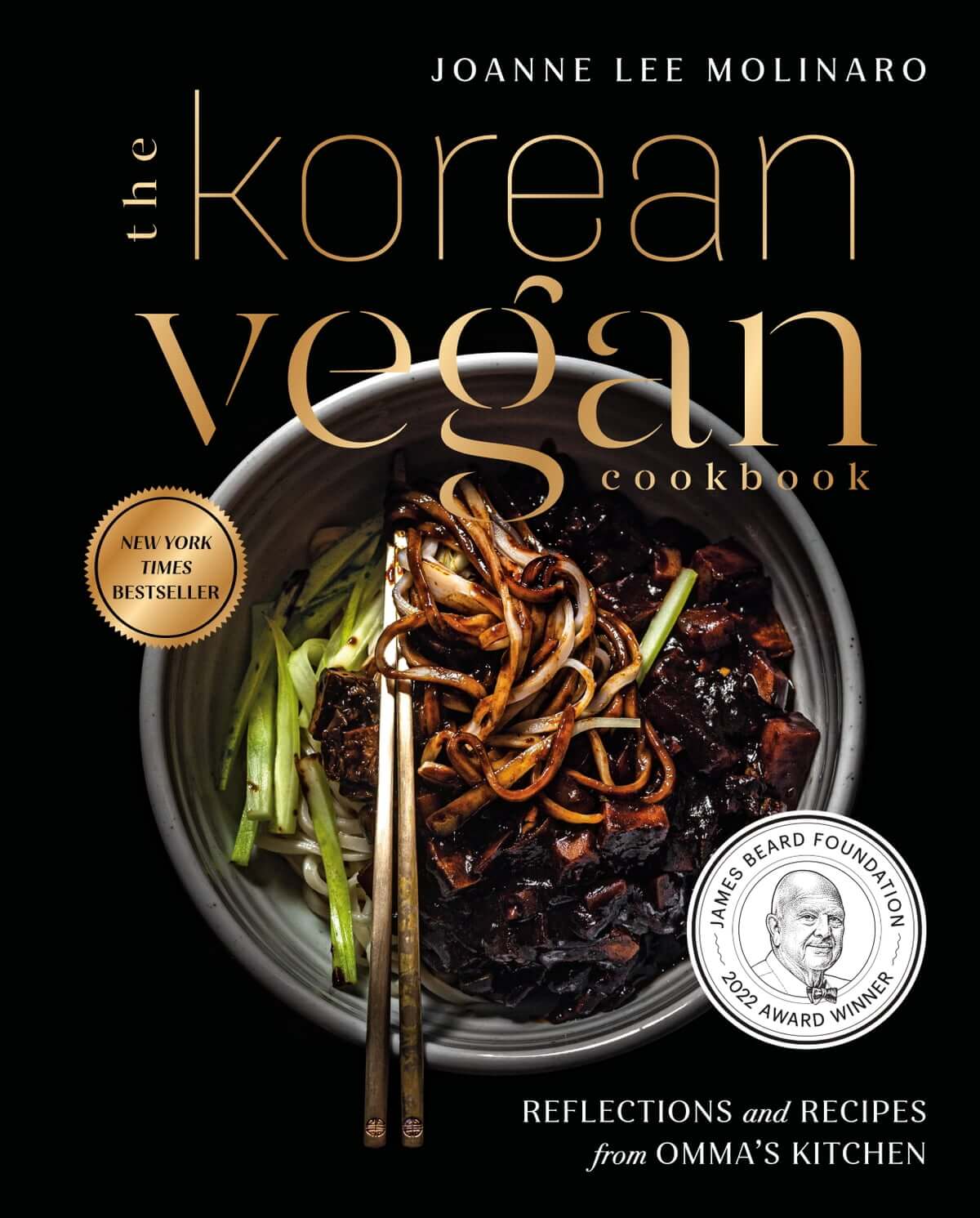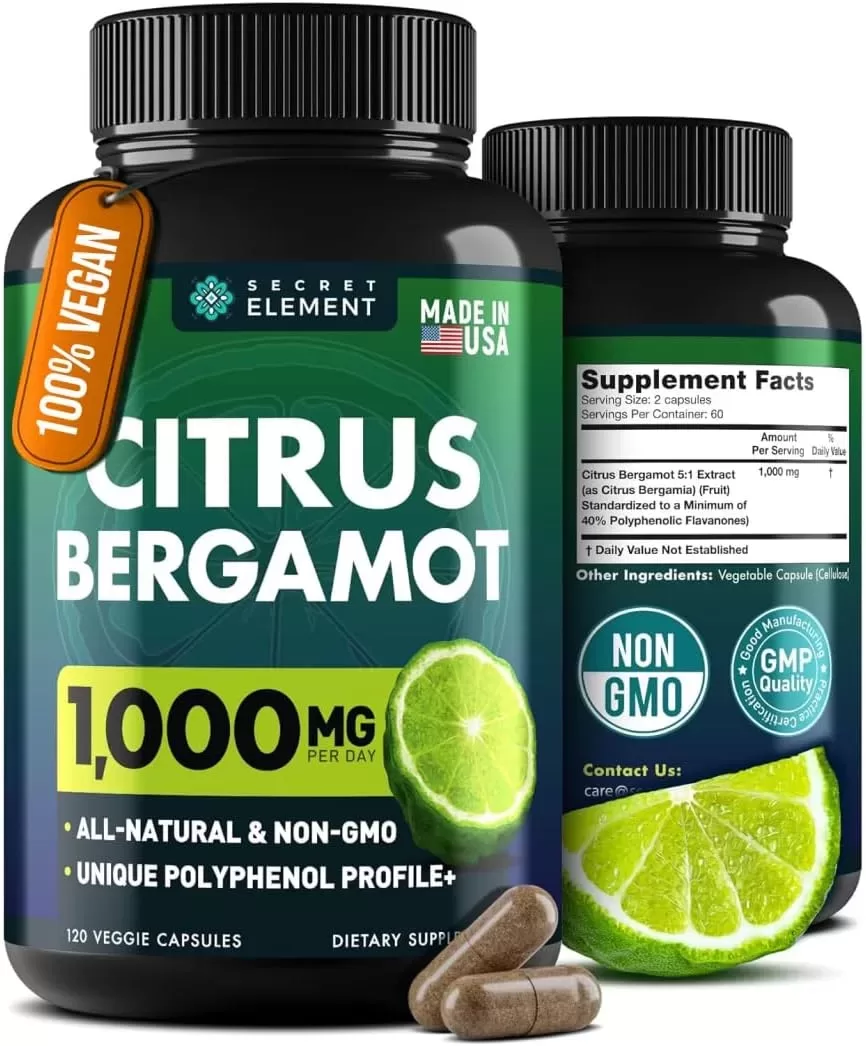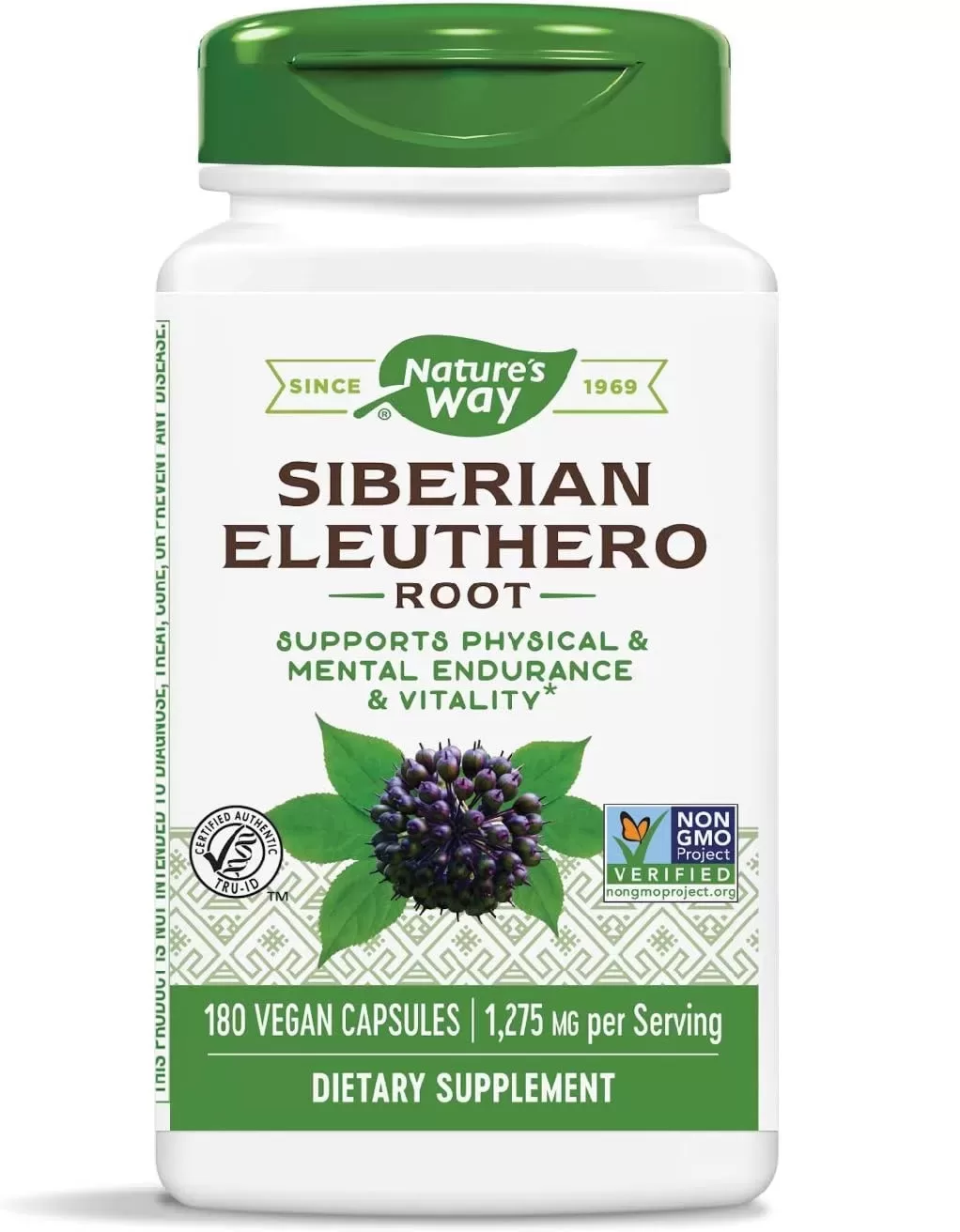Indulge in the magic of Narnia with this authentic Turkish Delight recipe. This delectable treat, a beloved confection in the Chronicles of Narnia, is now within your reach. With simple ingredients and a few easy steps, you can recreate the enchanting taste of this sweet delicacy right in your own kitchen.
Unveil the secrets behind this timeless recipe and transport yourself to the enchanting world of Narnia. Discover the perfect balance of sweetness and texture that makes Turkish Delight snack so irresistible. Whether you’re a seasoned baker or a novice cook, this guide will empower you to create a batch of mouthwatering Turkish Delight that will delight your senses and impress your loved ones.
What is Turkish Delight?
Turkish Delight, or lokum as it’s affectionately known in its homeland of Turkey, is a timeless confection that has captivated taste buds for centuries. Its origins can be traced back to the late 18th century, when the Ottoman Sultan Abdülhamit I expressed a desire for a softer, more delicate sweet. A talented confectioner, Bekir Effendi, rose to the challenge, creating a delectable treat that would soon become a beloved delicacy across the globe.
This enchanting dessert is traditionally made by heating sugar and water to form a syrup, which is then thickened with cornstarch. This unique approach results in a soft, chewy texture that sets it apart from other candies. Turkish Delight often comes in a variety of flavors, including rose, pistachio, and lemon, and is frequently dusted with powdered sugar. It’s a versatile treat that can be enjoyed on its own or paired with tea or coffee.
What is Turkish Delight Made Of?
Turkish Delight is a confectionary delight composed of simple yet magical ingredients. Traditionally, it’s made with a combination of sugar, water, and starch. This base is then flavored with a variety of delicious essences, such as rosewater, lemon, or pistachio. The result is a soft, chewy treat that is both satisfying and indulgent.
What Does Turkish Delight Come From?
As the name suggests, Turkish Delight originated in Turkey, where it’s known as “lokum.” This delectable treat has been a cherished part of Turkish culture for centuries, enjoyed by people of all ages. Its origins can be traced back to the Ottoman Empire, where skilled confectioners perfected the art of creating this sweet delicacy.
Should Turkish Delight Be Chewy?
Absolutely! The chewy texture is a hallmark of Turkish Delight. It’s achieved through a careful balance of sugar and starch, resulting in a soft, pliable candy that’s both satisfying and enjoyable. A well-made Turkish Delight should be easy to bite into, with a pleasant chewiness that lingers on the palate.
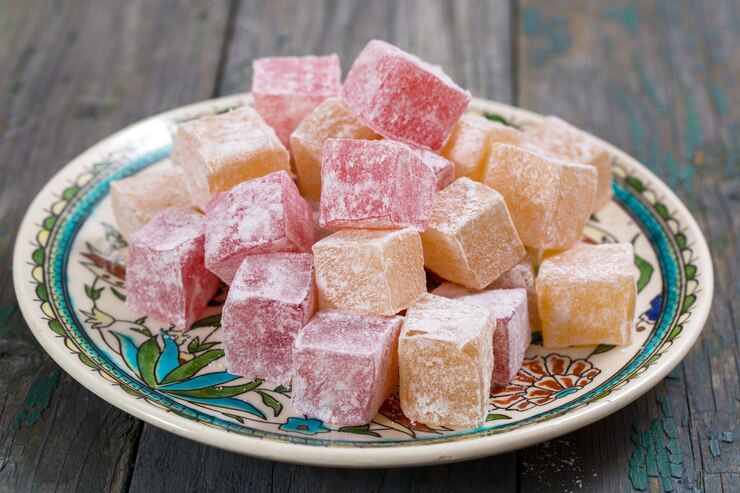
Why Was Turkish Delight Included in Narnia by C.S. Lewis?
The inclusion of Turkish Delight in C.S. Lewis’s The Lion, the Witch, and the Wardrobe is a fascinating detail that reflects the historical context of the time. In the early 20th century, Turkish Delight was a relatively new and exotic treat in the Western world. Its unique texture and flavor made it a captivating confection, particularly for children.
During World War II, when Lewis was writing his Narnia series, sugar was a scarce commodity in Britain. Rationing meant that sweets like Turkish Delight were a luxury, often out of reach for many. By making Turkish Delight a symbol of temptation and indulgence, Lewis effectively tapped into the desires and limitations of his young readers.
Furthermore, Lewis’s interest in Turkish culture, particularly the Turkish word “Aslan” for “lion,” adds another layer of depth to the story. This linguistic connection suggests a deeper understanding and appreciation of Turkish history and mythology, which may have influenced his choice of Turkish Delight as a magical and alluring element in his Narnia world.
How Does Turkish Delight from Narnia Taste?
Turkish Delight boasts a unique texture that’s somewhere between a marshmallow and a gummy candy. It offers a delightful balance of soft and chewy, with a slightly firm bite. The flavor profile is equally enticing, with a sweet and delicate taste that often includes floral or fruity notes. Rose-flavored Turkish Delight, as popularized in the Narnia Chronicles, is particularly beloved for its fragrant and romantic essence.
Is Turkish Delight Vegan?
Generally, traditional Turkish Delight can be considered vegan. It’s primarily made with sugar, starch, and water, which are all plant-based ingredients. However, it’s important to be aware of a few potential issues:
- Sugar Processing: Some sugar is processed using bone char, a byproduct of the animal bone industry. If you’re following a strict vegan diet, you may want to look for sugar that is certified vegan or organic.
- Unusual Variations: While rare, there are some less common types of Turkish Delight that include animal-derived ingredients, such as gelatin or dairy products. These are typically specialty items and not widely available.
If you’re unsure about the vegan status of a particular Turkish Delight, it’s best to check the label or inquire with the seller.
A fascinating alternative to dairy-based Turkish Delight involves the use of soapwort extract. This plant-based ingredient can create a similar texture and appearance to dairy-based lokum. As the popularity of plant-based alternatives grows, it’s exciting to see how soapwort extract might revolutionize the world of vegan confectionery.
Turkish Delight Across the Globe
The enduring appeal of Turkish Delight has led to its global spread, with many countries adopting and adapting the recipe to suit their local tastes and traditions.
- Balkans: In the Balkans, Turkish Delight is widely enjoyed and often referred to as “rahat lokum” or similar variations. It’s frequently paired with coffee and is a staple in many households and cafes.
- Bulgaria: Bulgarian lokum is a popular confection, often flavored with rosewater or other natural essences.
- Greece: Greek loukoumi, particularly mastic loukoumi, is a beloved treat. Another unique Greek confection is akanes, a type of Turkish Delight flavored with goat’s milk butter.
- Romania: Despite its somewhat derogatory Romanian name “rahat,” Turkish Delight remains a popular sweet, often incorporated into traditional pastries.
- North America: American confectioners have put their own spin on Turkish Delight, creating a variety of flavors and forms. Nestlé’s Big Turk chocolate bar is a popular example of Turkish Delight in chocolate form.
- Brazil: Turkish Delight, known as “Delicia Turca” or similar names, was introduced to Brazil by Arab immigrants and is enjoyed as a sweet treat.
- United Kingdom: Fry’s Turkish Delight is a well-known chocolate bar that features a Turkish Delight filling. The sweet is also widely available in Turkish and Middle Eastern grocery stores.
As Turkish Delight continues to captivate taste buds worldwide, its cultural significance and culinary versatility ensure its enduring popularity.
Popular Turkish Delight Varieties
Turkish Delight comes in a dazzling array of flavors, each offering a unique taste experience. Some of the most popular varieties include:
Rose Turkish Delight
A classic and elegant choice, rose Turkish Delight is often flavored with rosewater and dusted with powdered sugar or coated in dried rose petals.
Pistachio Turkish Delight
This delightful combination features Turkish Delight infused with pistachio flavor and often studded with chopped pistachios.
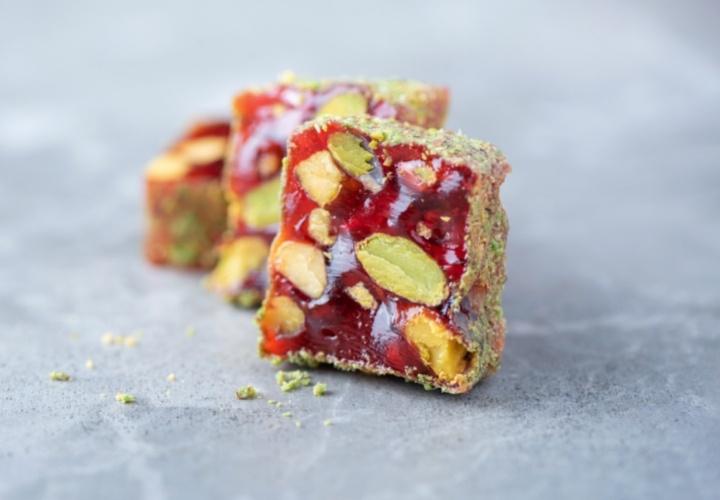
Lemon Turkish Delight
A refreshing and zesty option, lemon Turkish Delight offers a bright and citrusy taste.

Pomegranate Turkish Delight
This flavorful variety captures the sweet-tart essence of pomegranate, often complemented with dried barberries or pistachio nuts.
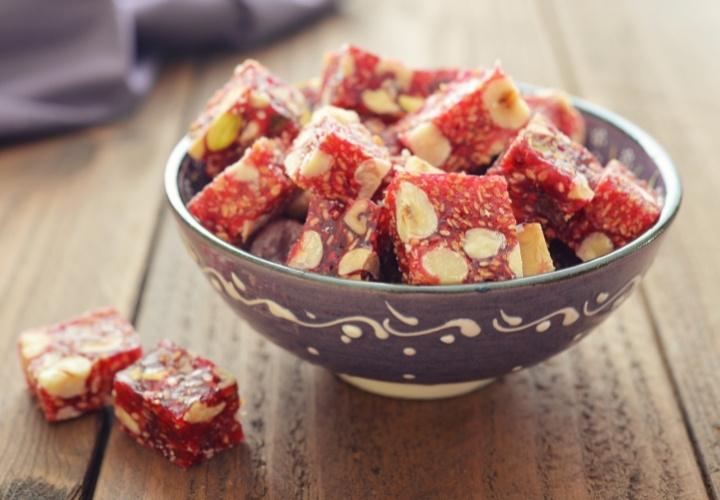
Coconut Turkish Delight
A tropical twist on a classic, coconut Turkish Delight is often rolled in coconut flakes and may include fillings like nuts or chocolate.
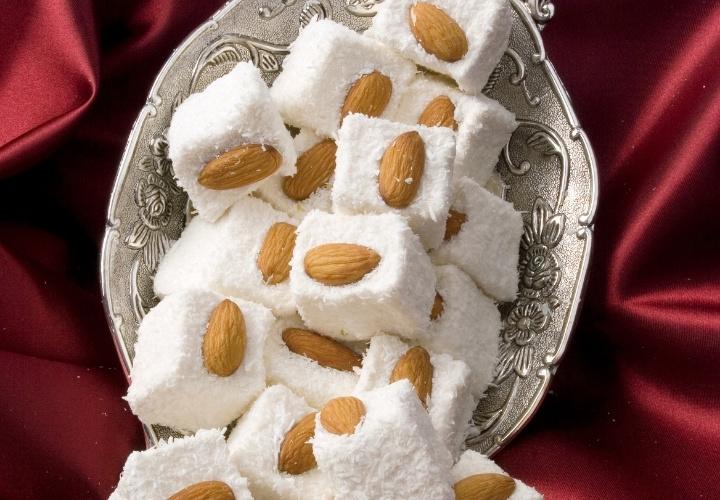
Whether you prefer a classic or a more adventurous flavor, Turkish Delight offers a delightful treat for any palate.
Authentic Turkish Delight Recipe
Ingredients:
For the Lokum:
- 2 cups granulated sugar
- ¾ cup water
- ¼ teaspoon citric acid
- 8 tablespoons cornstarch
- 2 ⅓ cups water
- 2 teaspoons rosewater
- 9-10 drops red food coloring
For Cutting and Dredging:
- Cornstarch
- Powdered sugar
Instructions:
- Prepare the Syrup: In a heavy-bottomed saucepan, combine sugar, water, and citric acid. Bring to a boil over high heat, then reduce heat to low and simmer until the syrup reaches 250°F (121°C) or forms a soft ball stage when tested in cold water. Use a candy thermometer for accurate temperature readings.
- Prepare the Cornstarch Mixture: In a separate bowl or jar, whisk together cornstarch and water until smooth.
- Combine Syrup and Cornstarch Mixture: Carefully pour the cornstarch mixture into the hot syrup, whisking constantly to prevent lumps. Continue whisking over medium-low heat until the mixture thickens and becomes a smooth paste. This process may take 10-15 minutes.
- Cook the Lokum: Reduce heat to low and continue to stir occasionally to prevent sticking. Cook for an additional 1-2 hours, or until the mixture reaches a dough-like consistency.
- Flavor and Shape the Lokum: Remove the pan from the heat and stir in rosewater and food coloring. Transfer the mixture to a greased baking dish or mold. Let it cool completely at room temperature, preferably overnight.
- Cut and Coat: Dust a cutting board with cornstarch. Invert the cooled lokum onto the board and cut into desired shapes, such as cubes or diamonds. Dredge the cut pieces in a mixture of cornstarch and powdered sugar.
Tips:
- For a richer flavor, consider adding other flavorings like lemon, orange blossom, or pistachio.
- To achieve a more traditional Turkish Delight texture, allow the lokum to dry for several days before storing.
- Store your homemade Turkish Delight in an airtight container in a cool, dry place.
Enjoy your homemade Turkish Delight!
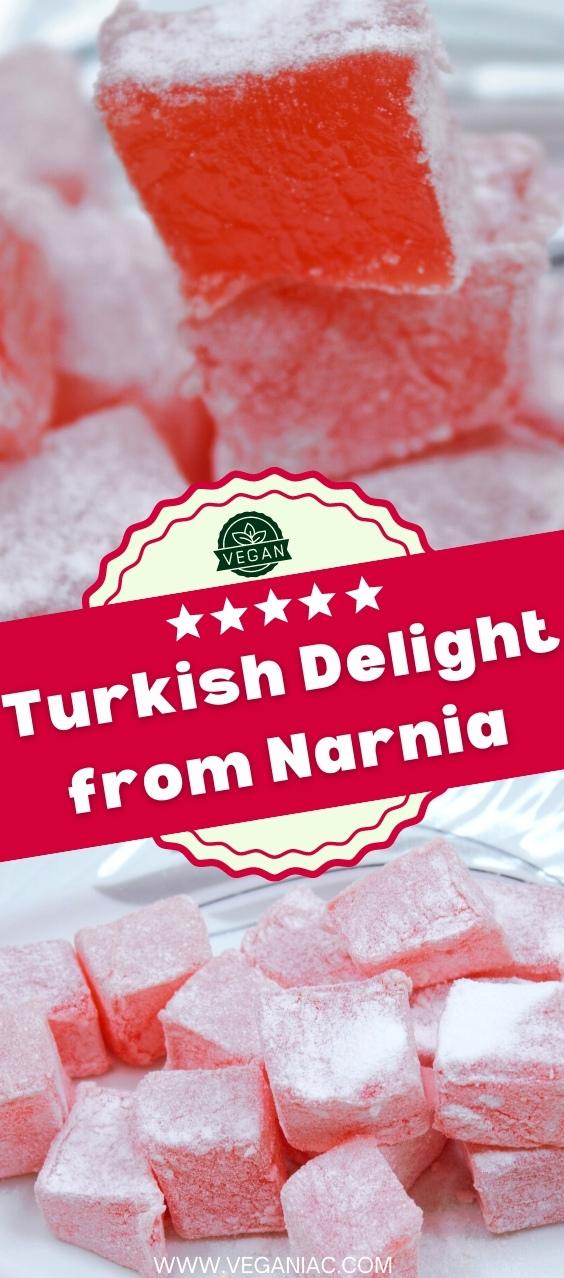
The Turkish Delight Recipe: Important Notes
A candy thermometer is an indispensable tool for this recipe. It ensures accurate temperature control, which is crucial for achieving the desired texture. If you don’t have a thermometer, you can perform the cold water test: drop a small amount of syrup into cold water. It should form a firm but pliable ball.
Temperature Control:
- Be cautious as the syrup heats up rapidly after reaching 220°F (104°C).
- Aim for a temperature of 250°F (121°C). Overheating can lead to a hard, candy-like texture.
- Adjust the target temperature based on your altitude. For every 500 feet above sea level, reduce the target temperature by 1°F.
Stirring Technique:
- Once the cornstarch starts to gel, stir gently to avoid breaking down the starch chains.
- A slight thinning is normal as the mixture continues to cook.
Mold Preparation:
- Greasing the mold with a neutral oil, like vegetable oil, is the preferred method.
- While plastic wrap can be used, it may result in a wrinkled surface on the lokum.
By following these guidelines, you can create a delicious and authentic Turkish Delight.
Storing Turkish Delight
Proper storage is key to preserving the quality of your homemade Turkish Delight.
Optimal Storage:
- Short-Term: For the best flavor and texture, enjoy your Turkish Delight within a few days of making. This allows the flavors to develop and the texture to become more chewy.
- Long-Term: If you want to store your Turkish Delight for a longer period, refrigerate it in an airtight container. Be sure to coat the Turkish Delight with a mixture of cornstarch and powdered sugar to prevent sticking.
- Reheating: Before serving, allow the refrigerated Turkish Delight to reach room temperature. This will restore its optimal texture and flavor.
Important Considerations:
- Moisture Content: If your Turkish Delight is too moist, it may spoil more quickly. Store it in the refrigerator to prevent mold and bacterial growth.
- Nut-Based Varieties: For nut-based Turkish Delight, refrigeration is recommended to maintain freshness and prevent the nuts from going rancid.
By following these storage guidelines, you can enjoy your homemade Turkish Delight for weeks or even months.
Turkish Delight FAQs
Why isn’t my Turkish Delight setting?
Several factors can prevent Turkish Delight from setting:
- Insufficient Cooking Time: The syrup may not have reached the correct temperature.
- Incorrect Temperature: Overheating can lead to a hard, candy-like texture.
- Incorrect Ingredient Ratios: Too much acid or too little starch can affect the setting process.
- Over-Mixing: Excessive stirring can break down the starch molecules, hindering the setting process.
While there’s no easy fix, you can try adding pectin to solidify the mixture. However, the result may not be true Turkish Delight.
Is Cream of Tartar Necessary?
No, cream of tartar is not strictly necessary. Citric acid or lemon juice can be used as an alternative acidulant to prevent sugar crystallization.
How can I replace citric acid with lemon juice?
Approximately 1 tablespoon of lemon juice equals ¼ teaspoon of citric acid. However, the acidity of lemons can vary, so adjust accordingly. Keep in mind that lemon juice will add a distinct flavor to your Turkish Delight.
How can I prevent lumps in Turkish Delight?
Lumps can form when combining cornstarch and syrup. To prevent this, slowly add the cornstarch mixture to the syrup, whisking constantly and ensure the cornstarch mixture is smooth and lump-free before adding it to the syrup.
What is the optimal cooking temperature for Turkish Delight?
The ideal temperature range is between 250°F (121°C) and 260°F (127°C). A higher temperature will result in a chewier texture, while a lower temperature will yield a softer texture. However, it’s important not to exceed 260°F, as this can lead to a hard, candy-like texture.
Can I make Turkish Delight without a candy thermometer?
While it’s possible to use the cold water test, a candy thermometer provides more accurate temperature control. If you’re using the cold water test, be vigilant and quick, as the syrup can quickly overheat.
Can I use a different starch?
Cornstarch is the traditional starch used in Turkish Delight. While other starches, like arrowroot, can be used, they may not yield the same texture or results.
Is Turkish Delight gluten-free?
Traditional Turkish Delight is typically gluten-free, as it’s made with simple ingredients like sugar, water, cornstarch, and flavorings. However, always check the label for any potential allergens, especially if purchasing pre-packaged Turkish Delight.
What is the best type of Turkish Delight?
The best type of Turkish Delight is a matter of personal preference. Classic flavors like rose, lemon, and pistachio are popular choices. Ultimately, the best way to determine your favorite is to try different varieties and find what you enjoy most.
Final Thoughts
Making your own Turkish Delight is a rewarding experience that allows you to customize flavors and textures to your liking. While it may seem daunting at first, with a little patience and practice, you can create a delicious treat that rivals store-bought versions. Remember to have fun and experiment with different flavors and techniques.
So, roll up your sleeves, gather your ingredients, and embark on a culinary adventure to Narnia.

